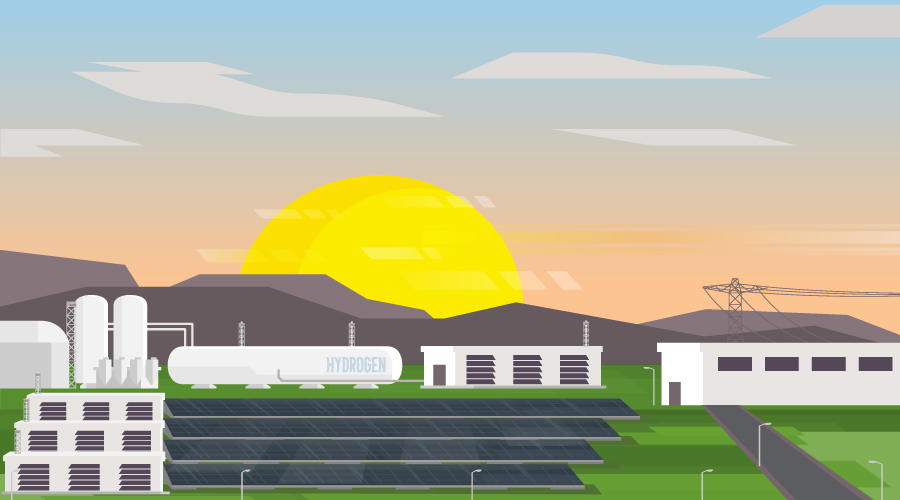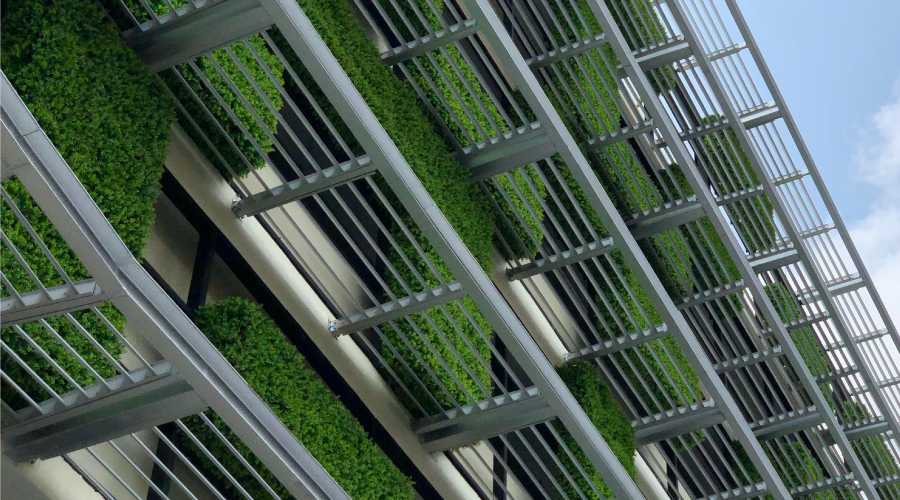Flexible Design, Careful Energy Monitoring Are Vital
Other important areas where facility managers can lend their expertise is to ensure that systems offer flexible design and to provide careful energy monitoring.
Juan Uribe, building engineer at the David and Lucile Packard Foundation's new 50,000-square-foot net-positive energy headquarters (the building has an EUI of -4) in Los Altos, Calif., says that one thing he asked for right away is for the controls to be adjustable in-house. "I didn't want to have to go into the code or have folks come out to make changes," he says. "I wanted adjustable parameters to be placed in graphical form, so I could adjust on the fly and do major testing."
This gives Uribe a ton more flexibility in terms of optimizing systems, running experiments to balance comfort and efficiency, and generally being able to customize the building automation system to his requirements without having to call a contractor. Additionally, if there is a problem, odds are he can fix it himself, without having to stand ringside for a bout of blame between the controls vendor and the mechanical engineer.
A Careful Eye
During operations, a careful eye on anything that uses energy is a crucial part of improving efficiency for any building, but especially ultra-efficient and net-zero energy buildings. At Turkey Foot — and now at every school in the district — Haney and his team use smart meters that provide usage data at 15-minute intervals. Haney says these meters paid for themselves in nine months. But more importantly, "We're better informed users. We're more apt to control our consumption."
In many net-zero and ultra-efficient buildings, plug loads can make up as much as 50 percent of the total energy use, says Higgins. In a typical building, plug loads could be anywhere from to 10 to 30 percent. That is to say, in net-zero and ultra-efficient buildings, monitoring plug loads is a must.
To that end, the DPR building in Phoenix includes a "vampire switch." At the end of the day, the last person to leave presses this button, and it turns off everything connected to the particular breaker that handles plug loads. It doesn't shut off refrigerators, security systems, or other backbone systems, says Elrod. "But workstations, ancillary lights, etc., all go off. It's interesting — you can actually hear the building shut down," he says.
He says the switch has taken some tweaking in the time the building's been open — removing from the vampire switch control some AV equipment that didn't reboot correctly when cycled off each evening. But overall, he said this strategy has been one of the key success stories in operating the net-zero energy building.
Another of the advantages of strategies like the vampire switch is that they get occupants involved — making them complicit in the energy success of the building. This is a strategy Uribe has employed at the Packard Foundation headquarters as well. Each occupant can track via a dashboard on his or her computer how much energy the building is using. As well, when it's okay to open windows, a small green arrow appears on occupants' desktops. If it makes more sense efficiency-wise to keep them closed, a small red arrow appears. "We knew we'd be a lot more successful in getting buy-in if we created a culture around the building," says Uribe.
That's certainly true at Turkey Foot as well — where the culture of efficiency has extended to the classroom. One sixth grade class in particular actually performs science projects built around aspects of the building. For example, one class performed a study on the school's PV system — determining the best frequency for washing the panels to get the most efficiency. They determined that a once-a-year cleaning was the best solution to balance performance with maintenance costs. Another class studied the impact of humidity on the panels' production. According to Haney, classes like these not only produce a culture of learning regarding the goals of the building, they get students interested in environmental issues at a very young age.
Related Topics:














